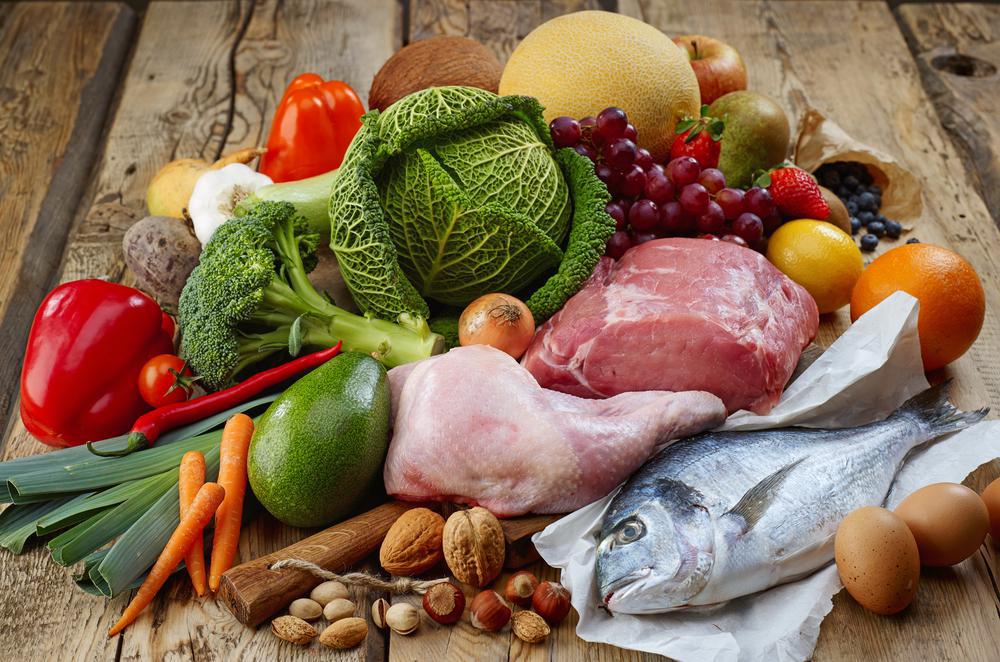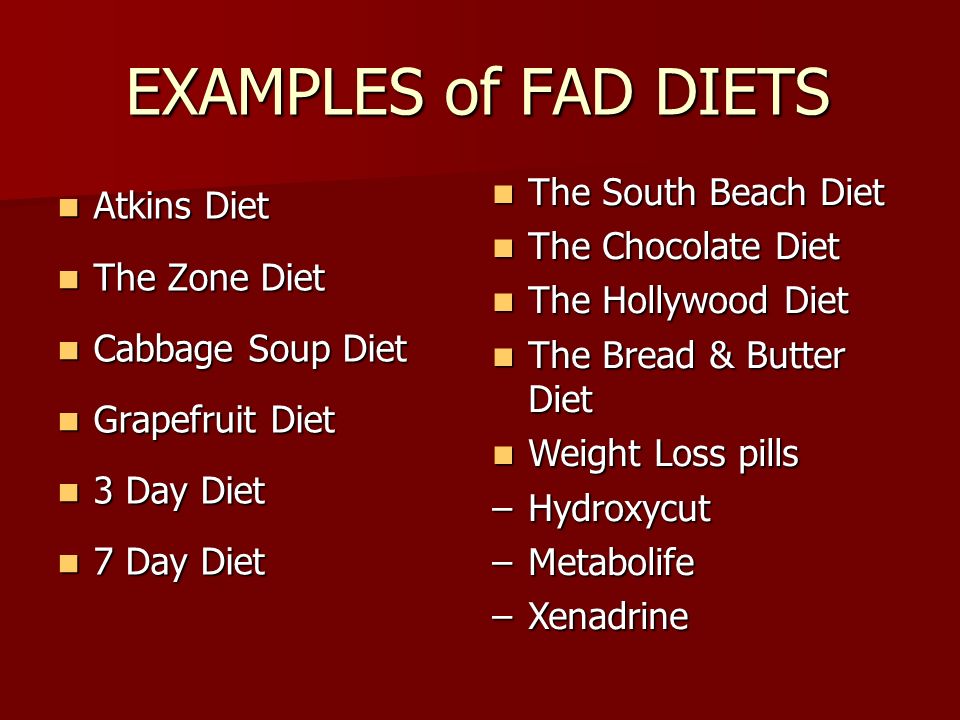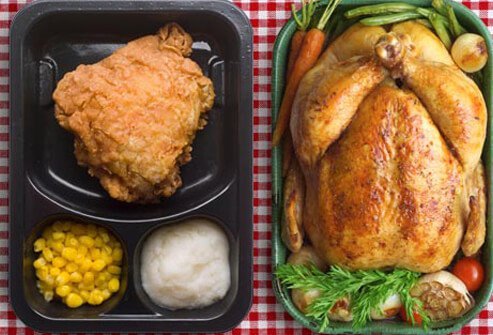
There are many different options for the paleo and ketogenic diets. While the paleo diet calls for you to avoid all grains and legumes, the ketogenic one does not. But before deciding which diet is better for you, consider a few basic tips:
Grass-fed meat
The Paleo, Keto, and Paleo diets have different food restrictions. Both diets encourage consumption of unprocessed animal products, but they also restrict sugar and processed meat. Keto diets love grass-fed beef. This is because it is easy and affordable to include into your diet. Grass-fed beef has a higher quality of meat than beef from conventionally raised cattle.
The keto diet is low carbohydrate and allows for a wide range of meats, including grass-fed. This diet emphasizes meat from pastures raised without hormones or antibiotics. Keto-friendly people will prefer grass-fed meat, which is lower in sugar and carbs. Grassfed meats tend to be sweeter that conventionally raised meats.
Butter made from grass-fed milk

It can be confusing to choose between keto or paleo when considering a diet. Although these diets emphasize high-quality protein, some include dairy products, such as butter. This is a grey area as dairy proteins can interfere with the immune system and cause digestive problems. Grass-fed butter is safe for both diets. It is also a staple in the keto diet.
Butter is a butter with many virtues, especially if it is grass-fed. Not only are grass-fed butter rich in important nutrients, but it also contains conjugated linoleic, which can have anti-obesity properties. Butter is also a good source for fat-soluble vitamins. Saturated Fat is not an enemy. Many people are cautious about saturated fat due to the low-fat craze. Butter, even though it may not be the nutrient you fear, can still play an important role in a Paleo diet.
Unrefined oils
Unless you follow the Paleo diet or Keto, refined oils should be avoided. This is due to their high level of saturated fats and their tendency to break down into toxins when heated. Which ones are best for you? Let's look at it. Thankfully, the two diets don't necessarily conflict, and there's still room for some overlap!
The fats found in palm oil are high in saturated fats. Many types of oil are produced by the palm trees. The most commonly produced oil is red palm oil. This oil has a warm flavor with a high smoke point. This oil is also a paleo-friendly option to sunflower oil. Public Goods' organic cold-pressed coconut oil is unrefined and free of additives. Lard is also great for cooking. Lard is a monounsaturated fat and has neutral flavor.
Grass-fed dairy

One of the few dairy products that are allowed on the ketogenic diet is grass-fed dairy. This controversial topic is not being discussed, but some paleo advocates believe that grassfed butter is acceptable to eat. However, the paleo community won't allow soy because it is a legume. While both diets can be healthy in general, one has its advantages. Grass-fed dairy is preferred for its nutritional value, and soy is not allowed.
A Keto diet is incomplete without high-quality protein sources, especially if you have damaged gut or are gluten/lactose intolerant. Grass-fed dairy is also lower in casein and lactose compared to their conventional counterparts. In addition, grass-fed beef is an excellent choice for the keto diet because of its ease of integration into a ketogenic diet.
FAQ
How can I cook like a professional?
Cooking is a great way to improve your life. Cooking healthy meals for your family and friends is a great way of increasing self-confidence and learning new skills. Start cooking at home if you want to learn how to cook. Find out what recipes you love first. You can then read books about other cuisines like Mexican, Chinese and Italian. Finally, practice making different dishes until you feel comfortable doing them.
Can you learn to cook on your own?
Yes, you can self-teach cooking! It is something everyone enjoys, regardless of their level of cooking ability. If you're interested in learning how cook at home, then start cooking. Start small, like making pancakes for breakfast or spaghetti sauce for dinner. The best way to learn how to cook is to try new recipes and experiment. You may even want to make a few mistakes along the way.
The time it takes to learn to cook can vary from just a few hours up to several weeks, depending upon your skill level. It is important to remember that cooking doesn't have to be about following recipes. There are many ways of cooking food. So if you have an idea for a recipe, use it.
Which is the best method to store leftovers?
Tupperware containers are great for storing leftovers. These containers are great for keeping food fresh and preventing odors from growing. They keep foods warmer for longer. Remaining food can be frozen in freezer bag. You can freeze leftover food by placing it in another freezer bag. This will prevent any air from escaping. Once the food has been frozen, transfer it into an airtight container such as a zip lock bag.
How Much Does It Cost to Study Culinary Arts?
You will find that the price to study culinary arts is variable. For example, a four-year degree typically costs around $40,000. A two-year associate degree, on the other hand may cost less than $5,000. Tuition rates depend on the type of program you select. Private institutions charge higher prices than public ones.
How do I get hired as chef?
First, you need to earn a culinary arts diploma in order to get a job working as a chef. Next, join a professional organisation such as ACF. This association offers certification exams as well as networking opportunities.
Statistics
- In the United States, the category is estimated at $23.2 billion annually and is growing faster than the market. (washingtonpost.com)
- The median pay for a chef or head cook is $53,380 per year or $25.66/hour, according to the U.S. Bureau of Labor Statistics (BLS). (learnhowtobecome.org)
- under 10 Kids have been taught that there is special food just for them, and Fiese says that 10 percent of kids will throw a tantrum if they don't get the food they want. (washingtonpost.com)
External Links
How To
How to make an omelet that is perfect
Omelets are one of my favorite foods to eat at breakfast. But how do you create them perfectly? I've tried many recipes and different methods but none have worked. So I wanted to share some tips and tricks so that you can make delicious, fluffy omelets every morn.
We should first know that eggs are very temperamental ingredients when making omelets. Eggs must be purchased fresh, preferably organic, and kept chilled until ready for cooking. If you don't keep them cold enough, the whites won't form properly, and the yolks will break down too much and become runny. This will make your omelets appear strangely colored. If you want to make omelets right away, it's best not to use eggs that are too cold.
You can also separate the egg before you add it to the pan. It is important not to allow any white to mix with the yolk as this could lead to the omelet becoming curdled.
You could end up burning the bottom half of the egg if the egg is added directly to the heat source. Instead, heat the egg in a microwave for 10 seconds and then place it in a pan. The microwave heat is sufficient to cook the egg without overcooking.
Next, let's discuss mixing the eggs. When mixing eggs, it is important to thoroughly beat them. You can do this by turning the bowl of your mixer upside down. Then shake the bowl vigorously. The egg will be thoroughly mixed in the bowl as the air is whipped.
Now comes the fun part: adding the milk to your mixture. The first step is to pour half of the milk in the beaten eggs. Next, fold the eggs into the remaining milk. You don't need to worry if streaks remain. They will disappear once you flip your omelet.
After you have done folding the eggs, heat the pan on medium heat. The oil will start to smoke. Once the oil has gotten hot, add 1/4 cup of butter and swirl it around so that the entire pan is coated. Carefully open the pan's lid and add salt to the pan. A pinch of salt will help prevent the omelet from sticking to the pan.
Once the omelet has formed, cover the pan again and wait for the top side to set completely. Flip the omelet upside down or with a spatula. Cook the opposite side for another minute. Serve immediately after removing the omelet from its pan.
This recipe is best when used with whole milk. But, you can use skimmed milk as well.